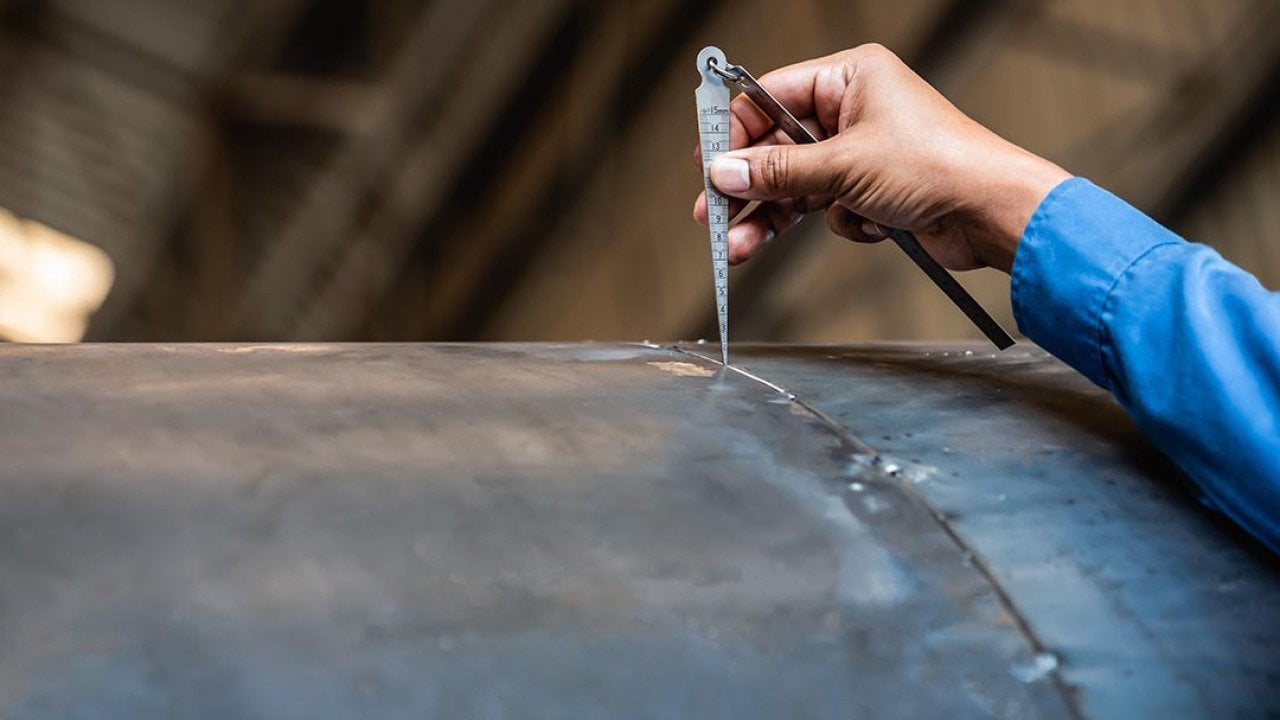Achieving superior weld quality is paramount in engineering, directly impacting structural integrity, performance, and safety. A rigorous welding inspection serves as the critical gatekeeper in quality assurance, ensuring that every joint meets stringent industry standards and prevents catastrophic failures in vital infrastructure like pipelines and bridges.
A successful welding inspection hinges on meticulous preparation, unwavering adherence to technical specifications, and comprehensive documentation. This strategic approach not only validates exceptional workmanship but also supports crucial traceability, robust quality assurance processes, and the long-term performance of welded components, building confidence in project delivery.
Inspectors employ a range of non-destructive testing (NDT methods) to identify potential issues without damaging the weld. Visual inspection (VT) is foundational, checking for surface flaws like cracks or porosity. More advanced techniques such as radiographic testing (RT) and ultrasonic testing (UT) reveal internal welding defects, while magnetic particle (MT) and penetrant testing (PT) pinpoint surface and near-surface irregularities, ensuring comprehensive evaluation.
Understanding the governing welding codes and standards is indispensable for passing any assessment. Organizations like AWS, ASME, and API establish the benchmarks for everything from structural welding to pressure vessel and pipeline applications, providing precise criteria for weld quality, procedure qualification, and welder performance. Adherence to these codes is the cornerstone of compliance and safety.
The careful selection and handling of materials are equally vital for optimal weld quality. Proper base metals, filler materials, and shielding gases directly influence arc stability, metallurgical properties, and penetration. Incorrect choices can compromise structural integrity, leading to significant welding defects and inspection failures; hence, precision in material management is non-negotiable.
Effective preparation for a welding inspection involves a systematic approach, beginning with a thorough review of governing codes and project specifications. This includes verifying material certifications, ensuring all welding equipment is meticulously calibrated, and confirming that the welding procedure specification (WPS) is strictly followed for every aspect of the work.
After welding, meticulous post-weld cleaning and initial visual checks are essential before the official inspection. Removing slag and spatter, and carefully examining for surface welding defects like undercut or incomplete fusion, ensures the weld is presented in optimal condition. Providing inspectors with clear access and comprehensive documentation, including any NDT reports, significantly contributes to a successful outcome and validates the high weld quality achieved.






Leave a Reply